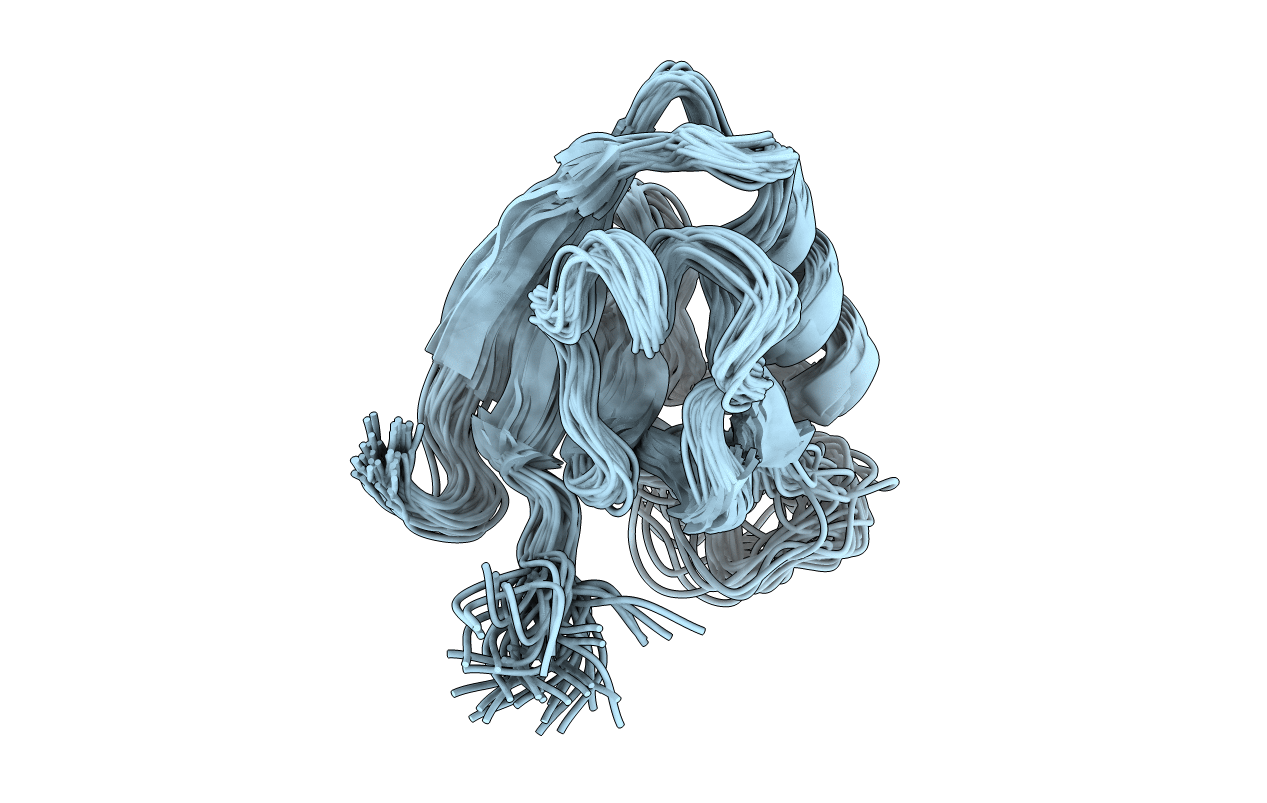
Deposition Date
2021-11-25
Release Date
2022-09-07
Last Version Date
2024-06-19
Entry Detail
PDB ID:
7QCY
Keywords:
Title:
Two-state liquid NMR Structure of a PDZ2 Domain from hPTP1E, complexed with RA-GEF2 peptide
Biological Source:
Source Organism:
Homo sapiens (Taxon ID: 9606)
Host Organism:
Method Details:
Experimental Method:
Conformers Calculated:
2000
Conformers Submitted:
40
Selection Criteria:
target function


